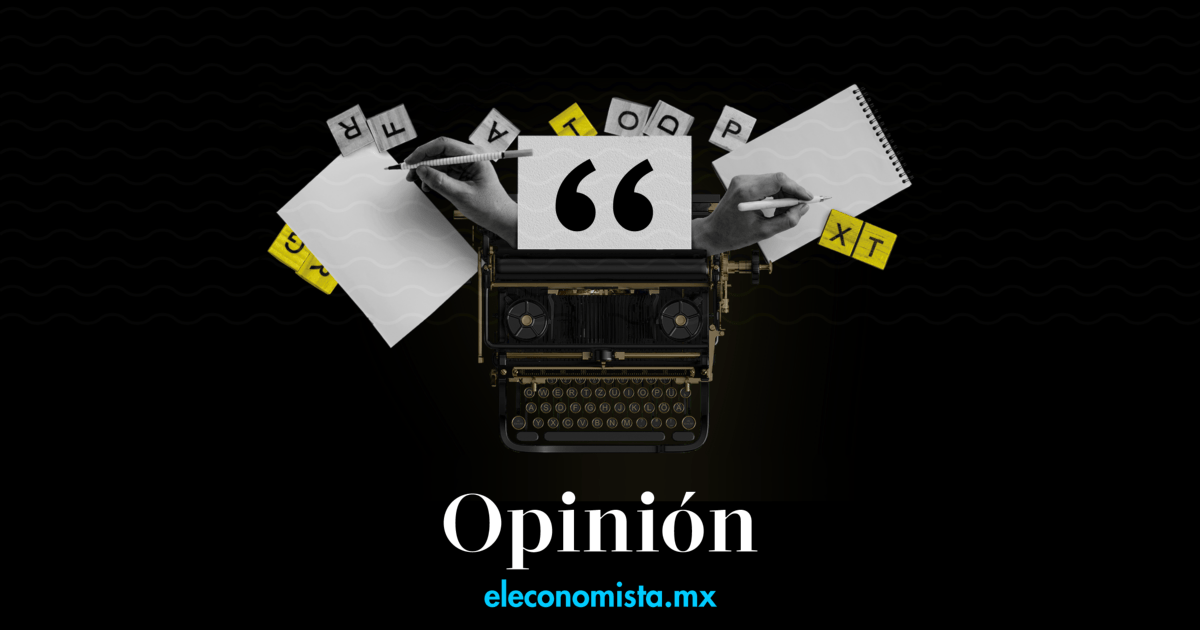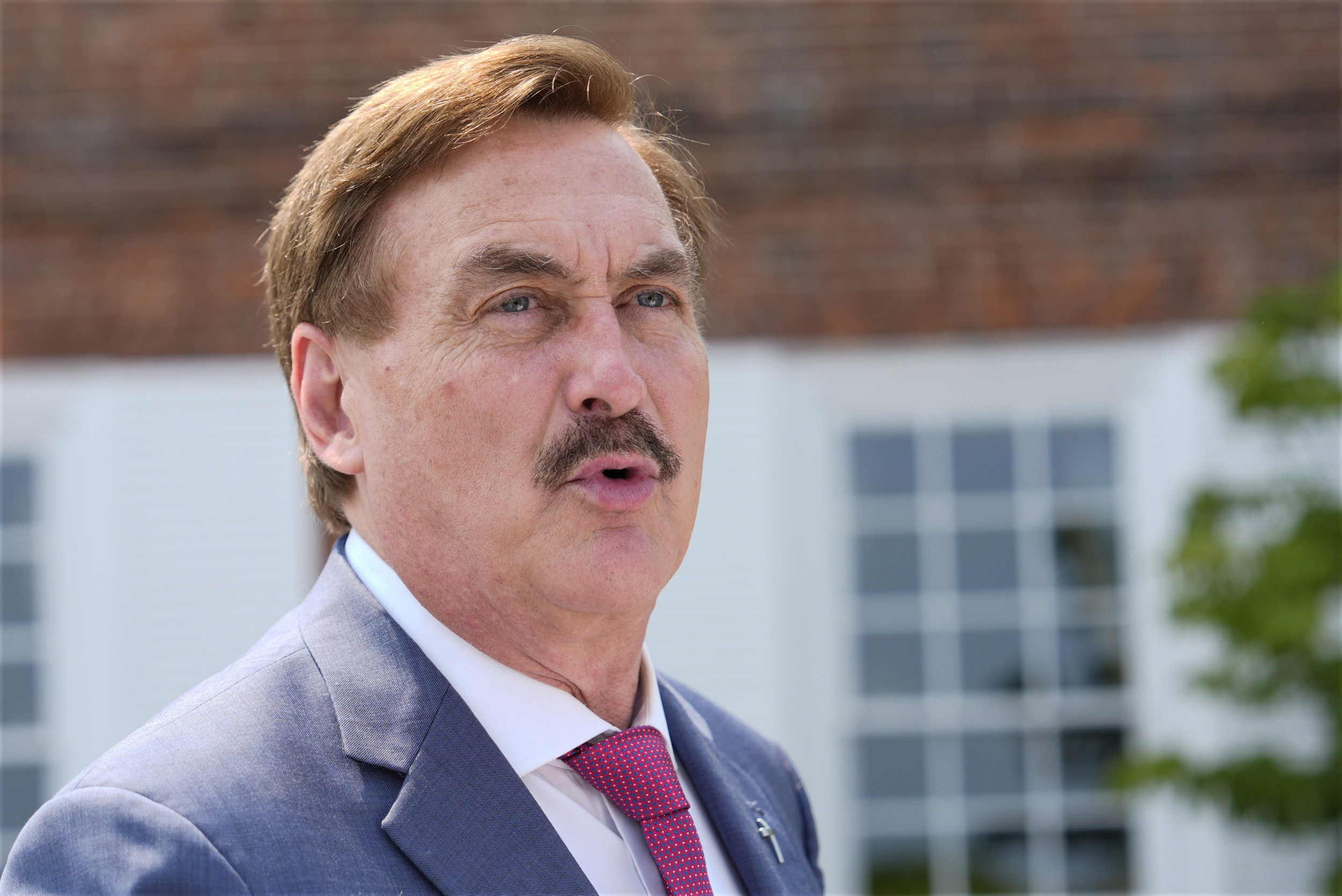The relationship of the United States with Mexico told me a former Mexican ambassador in this city, “It’s like tamarind, sometimes sour, sometimes sweet.” The first time he told me I asked him, what about sometimes bitter? “Well, it could be”, he told me with a mischievous smile. “But it hasn’t touched me.”
If you recount the bilateral relationship of the last 50 years, you will see that Jesús Silva Herzog was right. We have not seen the neighborhood turn sour. Ambassador Silva Herzog had many anecdotes about his dealings with the United States. The most difficult time fell on him, not as ambassador, but as Mexico’s Secretary of Finance, when the Ronald Reagan government did not hesitate to put part of the enormous United States treasury at risk to rescue the Mexican economy. Secretary Silva Herzog came to Washington on August 12, 1982, to tell Don Regan, then US Treasury Secretary, that Mexico would run out of money in 4 days.
Silva Herzog managed what he called… ”The most difficult crisis in Mexico’s modern history,” he did so with a rigid austerity program demanded by the International Monetary Fund, to avoid defaults on the Mexican debt, the devaluations of the peso and raging inflation.
Today it is worth remembering all this because although things are different, not everything has changed. Just remember how from 1973 to 1981, Mexico lived on an oil binge that left it with a terrible external debt hangover, which in those seven years grew from $4 billion to $43 billion dollars.
The mountain was high and the path steep, but a challenge is not necessarily an obstacle. Today, looking back, it is worth asking if the indebtedness of Luis Echeverría and José López Portillo was part of a cheap strategy of economic growth? Or, a consequence of misinterpreting first world energy development.
Miguel de la Madrid and his Secretary of the Treasury suffered a hangover, which lasted until the devaluation in December 1994. It was when the unanticipated departure of investors and “swallow capital” occurred that forced Bill Clinton in 1995, another time, bailing out Mexico with $20 billion in cash. That money was paid by Mexico with interests of more than 500 million dollars. Silva Herzog, already as ambassador, had to make the last payment of $13.5 billion in January 1997.
Energy; still at the center of the bilateral relationship
You will forgive the preamble to get to the reason for President Biden’s visit to Mexico. The intention was to show him that the United States has not hesitated to put its hands in the fire for Mexico. Not because it suits Mexico, but because it suits the United States.
In 2023 we keep this in mind, because the many transformations of energy sources today once again put the two neighbors in a situation of forced cooperation. President Andrés Manuel López Obrador announced that President Joe Biden will visit him in January on the 9th and 10th, although he also mentioned the 7th and 8th of that month.
The solutions to be sought
The difference in dates is explained, because there would be a bilateral meeting with the Prime Minister of Canada, Justin Trudeau, and a meeting between the three leaders, but only after the very important bilateral meeting with Joe Biden.
This meeting was scheduled for December, to discuss the many loose ends in energy between the three partners.
Washington and Ottawa since July have threatened to demand the type of arbitration considered in the resolution of disputes under the USMCA or T-MEC against the energy policies of the president of Mexico, because they discriminate against American and Canadian companies.
But in November this disagreement continues. The United States is demanding that US companies that invested in renewable energy in Mexico be allowed to operate with the freedom agreed between those companies and the government of Enrique Peña Nieto.
In Washington they complain about the abyss of disconnection that exists between the previous and the current Mexican government, and the misinterpretation and fulfillment of the institutional commitments acquired by Mexico. For the US, the agreements must be respected even by governments of different parties and different orientations to the previous ones, because the commitments are made with the government of Mexico, not with those who governed Mexico in other six-year terms.
The complaints
In Washington DC., the previous complaints between Mexico, the United States and Canada are summarized in four points:
1. The change in the rules in the production and management of electricity generation to favor state plants. The Biden government calls them discrimination against US companies in favor of the parastatal Federal Electricity Commission.
The hardest part. Who will compensate the US companies that invested billions of dollars in installations in Mexico for the creation of renewable energy for the time they have wasted waiting for the current government to allow them to operate under the conditions agreed with the previous government? And who will compensate them if those facilities never operate again?
2. The US government also complains of delays and inaction in the issuance of permits in the energy sector by the regulator CRE, which is the Energy Regulatory Commission, whose mandate is to “Promote the efficient development of the electricity and hydrocarbons industries” … “Promoting competition” and protecting the interests of users.
As a consideration for Mexico, since July a decision on whether the US and Canada are going to sue the arbitration process established by the North American free trade agreement has been postponed. But patience ran out.
If there were no solution, think about how expensive it would be for the world to find out that the legal framework in Mexico, which is the one that provides long-term certainty to investors, is not respected. Failure to comply would increase rates and/or suspend benefits to the energy sector, forcing a reorganization of trade relations between Mexico, the United States, and Canada.
3. The exclusive exoneration of PEMEX from the requirements associated with the sulfur content in diesel production. This is an old dispute that originated when PEMEX ruled out complying with the standards that have been required since 2019, to produce, distribute and sell ultra diesel. low sulfur, to replace the fuel with a high sulfur content that is still sold in Mexico.
Refineries currently produce mainly diesel with 500 parts per million sulfur. PEMEX says it is unable for now to produce smaller volumes of diesel of up to 15 ppm sulfur, which is what the new regulations require.
High sulfur diesel affects air quality and the health of those who breathe the product of its combustion.
4. The fourth point is the constant complaint about regulatory changes intended to force users of the national gas pipeline system to contract their supplies with Mexican state companies.
Joe Biden brings many unresolved issues to Mexico
Breaking its commitments would cost Mexico billions of dollars in investment and trade, so let’s not fool ourselves, President Biden’s people trust that Mexico knows that if it goes to arbitration it will lose, and a lot.
the sound plan
President López Obrador responded to President Biden’s call for Mexico to join the US in developing new renewable energy, offering to create a huge solar power generation park in Sonora, and launching “Lithium Mx.” State company that will exploit lithium, an abundant material in Mexico, producing batteries for electric cars. Canadian and US companies could participate. But Canada and the US will have to offer cheap and soft loans.
In the US they say “Put your money where your mouth is”, translated– If the US really wants Mexico to participate, it will have to show it with good credits.
Irregular immigration and work visas for Mexicans
The other part of the agenda has to do with the Mexican promise to invest up to $1.5 billion dollars to stop irregular immigration from all over the world, which crosses Mexican soil to reach the United States. Biden wants to know the details and surely President López Obrador wants for his part, a detailed list that he will buy that money in terms of how many work visas to the United States and what type of visa there would be, for Mexicans in Mexico.
All of this will bring Biden to Mexico in his portfolio in January.
hartford car insurance shop car insurance best car insurance quotes best online car insurance get auto insurance quotes auto insurance quotes most affordable car insurance car insurance providers car insurance best deals best insurance quotes get car insurance online best comprehensive car insurance best cheap auto insurance auto policy switching car insurance car insurance quotes auto insurance best affordable car insurance online auto insurance quotes az auto insurance commercial auto insurance instant car insurance buy car insurance online best auto insurance companies best car insurance policy best auto insurance vehicle insurance quotes aaa insurance quote auto and home insurance quotes car insurance search best and cheapest car insurance best price car insurance best vehicle insurance aaa car insurance quote find cheap car insurance new car insurance quote auto insurance companies get car insurance quotes best cheap car insurance car insurance policy online new car insurance policy get car insurance car insurance company best cheap insurance car insurance online quote car insurance finder comprehensive insurance quote car insurance quotes near me get insurance







